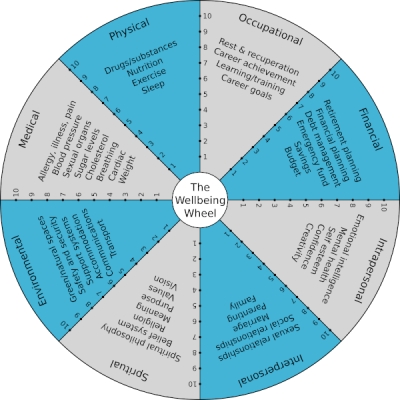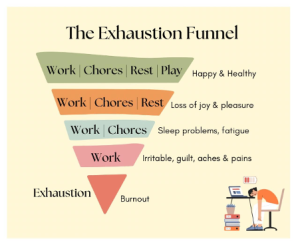Impact of stress on our body and nervous system (and the actions we can take to regulate our nervous system)
Stress is something we all encounter in our day to day. Life is fast paced and rushing from one thing to the next, often under pressure, is something that has become the norm. But this norm can have detrimental effects on our health and we want to try to manage our stress better so that we can help our bodies be at their best
When we are stressed, our body turns on the ‘fight- or flight’ response ie our body is preparing us for a ‘fight’. Stress hormones increase, muscles start to tense up, blood pressure and heart rate increases and bodily functions that are not required for ‘fight’ are down regulated. – digestion for example!
While this response is useful in situations where we indeed need the above, it can have negative effects on our health and well being in the long run if we don’t learn to come out of it and to decompress and relax.
But how can we do this and help our bodies to ‘just chill’? Here are some tips!
- Breathe!
Deep belly breathing activates our ‘rest and digest’ nervous system. Try to do some breath work or give box breathing a try. Breathe in for 4 counts, hold the breath for 4 counts, breathe out for 4 counts, hold for 4 counts and repeat at least 5 times. - Mindfulness and Meditation
Regular meditation practises and mindfulness work such as journaling has been found to positively affect overall stress levels - Movement
Movement, regardless of what it looks like, increases endorphins aka happy hormones and down regulates the stress response. Try for 15minutes daily! - Time in nature
Time outside has significant effects on our overall health and well being. Something as simple as going outside into the sun for a few minutes or walking on grass barefoot can put you into a more relaxed state. - Sleep/overall rest
Sleep is crucial for overall health. We want to aim for about 6-8 hours per night.
Implementing some of these things can have a significant effect on overall stress levels. A little goes a long way and it’s all about making small, sustainable changes for our health!
 In our fast-paced world, achieving a balanced life often feels elusive. Yet, understanding and nurturing all facets of our existence is crucial for optimal wellness. Enter the Wellbeing Wheel—a transformative tool that offers a holistic approach to self-assessment and growth.
In our fast-paced world, achieving a balanced life often feels elusive. Yet, understanding and nurturing all facets of our existence is crucial for optimal wellness. Enter the Wellbeing Wheel—a transformative tool that offers a holistic approach to self-assessment and growth.